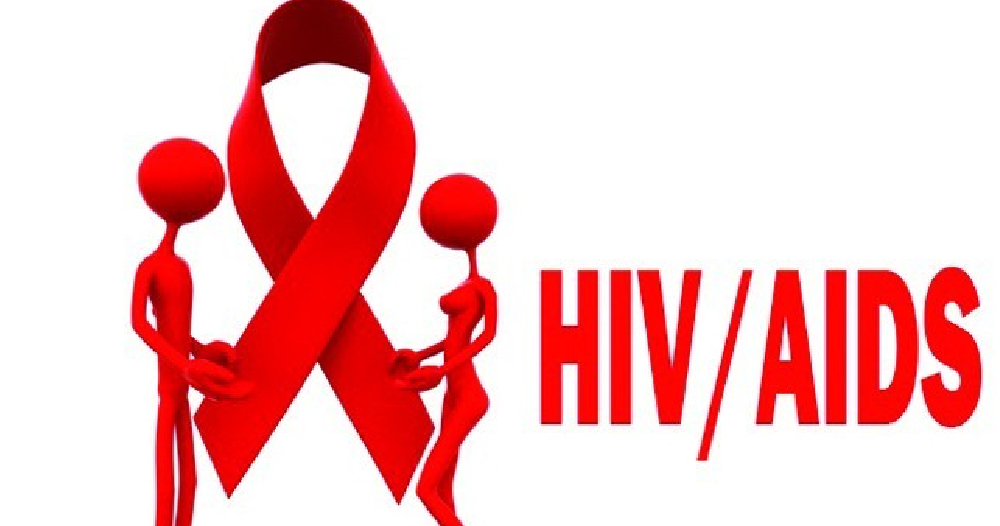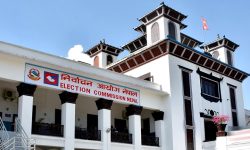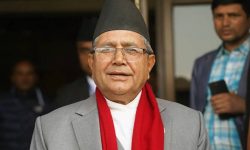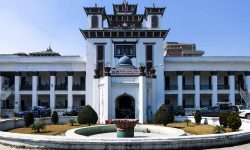Nepal Pushes for Rights-Based HIV Care: Ensuring Dignity, Equality, and Safety

In Nepal, every person deserves dignity, respect, and equitable access to healthcare—including individuals living with HIV. Despite progress, stigma, discrimination, and exclusion persist, particularly in education, employment, and healthcare settings, disproportionately impacting marginalized communities. To tackle these challenges, Nepal is reinforcing rights-based policies and awareness campaigns.
Nepal has made significant strides against HIV/AIDS, aligning with global goals like the Sustainable Development Goals (SDG 3.3) and the UNAIDS 95-95-95 targets. The National HIV Strategic Plan prioritizes free Antiretroviral Therapy (ART) and prevention services, focusing on high-risk groups such as migrant workers, people who inject drugs, and sex workers.
The legal framework backs these efforts. The Constitution of Nepal guarantees free HIV treatment (Article 35), prohibits discrimination (Article 18), and ensures social security (Article 43). The National AIDS Policy highlights awareness, harm reduction, and stigma-free services. HIV testing and counseling guidelines promote hospital-based, community-based, mobile, and self-testing options to ensure confidentiality. The HIV/AIDS Prevention and Treatment Act enforces anti-discrimination in workplaces, schools, and healthcare settings while protecting medical privacy.
Harm reduction initiatives—like needle exchanges and alternative rehabilitation—support public health goals. Yet, HIV remains concentrated among key populations. Around 30,500 people live with HIV, with a national adult prevalence rate of 0.14%. Urban centers and border regions face higher infection rates, driven by migration and socio-economic factors. ART services, along with harm reduction, condom promotion, and mother-to-child transmission prevention, are available nationwide. However, specific groups remain at heightened risk: people who inject drugs (2.8% in Kathmandu), men who have sex with men (4.9% in Kathmandu and Pokhara), transgender people (8.5% in Kathmandu, 11.5% in Terai), and sex workers (up to 2.2% in Kathmandu).
HIV primarily spreads through unprotected sex, needle sharing, mother-to-child transmission, blood transfusions, and occupational exposure. Preventive measures—like consistent contraceptive use, harm reduction, and ART for HIV-positive mothers—substantially lower transmission risk. Early diagnosis and regular testing are critical to reduce new infections. Unfortunately, misinformation fuels stigma, with persistent myths about HIV transmission through casual contact or insect bites. Public campaigns are essential to debunk these myths and build a well-informed society.
Despite progress, significant challenges hinder Nepal’s HIV response. Stigma and discrimination discourage testing and treatment. Gender-based discrimination further restricts access, especially for women and marginalized groups. Remote areas face inadequate ART services and a shortage of trained healthcare workers. Socio-economic vulnerabilities, particularly among migrant workers, increase exposure risk due to limited awareness and access to care abroad. Financial constraints threaten program sustainability, and data gaps weaken surveillance and planning.
While Nepal’s policy framework is robust, implementation lags, hindering the 2030 goal of ending HIV/AIDS as a public health threat. Better integration of HIV services into primary healthcare is needed, along with stronger community engagement in program design. Sustainable funding is critical to ensure long-term success.
Protecting the dignity and rights of vulnerable groups—such as adolescent girls, LGBTIQ+ individuals, sex workers, and people who inject drugs—is essential. Healthcare settings must uphold confidentiality to prevent discrimination. Education and employment sectors must enforce non-discriminatory policies, and community initiatives should provide protection against violence and coercion. Accessible reporting systems are vital for addressing mistreatment.
For lasting impact, Nepal must adopt a multi-pronged strategy: expanding prevention and awareness, targeting high-risk communities, integrating HIV education into school curricula, and promoting youth engagement. Media advocacy and peer-led interventions are crucial for countering stigma. ART services must expand in rural areas, and community-based support systems must strengthen. Training healthcare providers and teachers is key to promoting social justice for individuals living with HIV.
Systemic changes—like enforcing anti-discrimination laws and enhancing public messaging—are essential to reduce stigma. Improving HIV surveillance, fostering multisectoral coordination, and leveraging digital health tools can close data gaps and sustain services. Regular psychosocial counseling is also vital for holistic care.
In summary, Nepal has made commendable progress, but challenges remain. A comprehensive approach—rooted in policy reform, community participation, and sustainable investment—is critical to meet national and global HIV targets. Strengthening prevention, treatment, and support systems will help end the epidemic, ensuring dignity, equity, and safety for all individuals living with HIV.








Comments